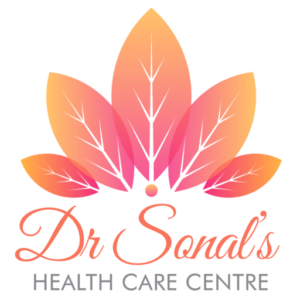“Breathe Easy: Understanding Lung Cancer Risks and the Importance of Early Screening”
Lung cancer is one of the most prevalent and deadliest cancers worldwide. Often dubbed a “silent killer,” it may progress unnoticed until advanced stages. However, understanding the risks and prioritizing early screening can be lifesaving. Let’s delve into the factors that increase lung cancer risk, and explore how timely screening can make a difference.
Who’s at Risk? Key Factors to Watch Out For
Lung cancer doesn’t discriminate, but certain factors can significantly increase your risk:
- Smoking: The leading cause of lung cancer, smoking contributes to over 80% of cases. This includes both active smoking and exposure to secondhand smoke.
Tip: Quitting smoking at any age can reduce your risk. - Radon Exposure: Radon, a naturally occurring radioactive gas, is the second leading cause of lung cancer. It often seeps into homes and workplaces through soil and cracks in foundations.
- Air Pollution: Prolonged exposure to polluted air, especially in urban areas, can damage lung tissues, increasing cancer risk.
- Family History: If a close family member has had lung cancer, your genetic predisposition might elevate your risk.
- Workplace Hazards: Exposure to asbestos, arsenic, and other carcinogens in industries like construction and mining can heighten risk.
Why Screening Matters: Catch It Early
The key to reducing lung cancer fatalities is early detection. Here’s why:
- Early Detection Saves Lives: When caught in its initial stages, lung cancer is more treatable. Survival rates can increase dramatically with timely intervention.
- Low-Dose CT Scans (LDCT): This advanced imaging test is recommended for individuals at high risk, particularly smokers or those with a history of heavy smoking. LDCT is quick, non-invasive, and has proven effective in detecting early-stage lung cancer.
- Eligibility for Screening:
- Adults aged 50-80
- Heavy smokers or those who quit within the past 15 years
- A history of 20+ pack-years (number of packs smoked daily multiplied by years of smoking)
How to Lower Your Lung Cancer Risk
- Quit Smoking: Seek support through cessation programs or medications to kick the habit for good.
- Test for Radon: Simple home radon test kits can detect dangerous levels of the gas.
- Protect Yourself at Work: Follow safety protocols and wear protective gear if exposed to industrial carcinogens.
- Maintain a Healthy Lifestyle: A balanced diet rich in fruits and vegetables, combined with regular exercise, can strengthen your lungs.
When to See a Doctor?
Persistent cough, chest pain, shortness of breath, or unexplained weight loss are potential warning signs. If you’re in a high-risk group or experiencing symptoms, consult your doctor immediately.
Take Charge of Your Lung Health Today!
Lung cancer doesn’t have to be a death sentence. By understanding the risks and embracing regular screenings, you can safeguard your health. If you or a loved one fall into a high-risk category, don’t wait—schedule a screening today and breathe easy knowing you’re taking proactive steps toward a healthier future.
Your health matters—prioritize it today! Contact us for more information on lung cancer screening and personalized care.





